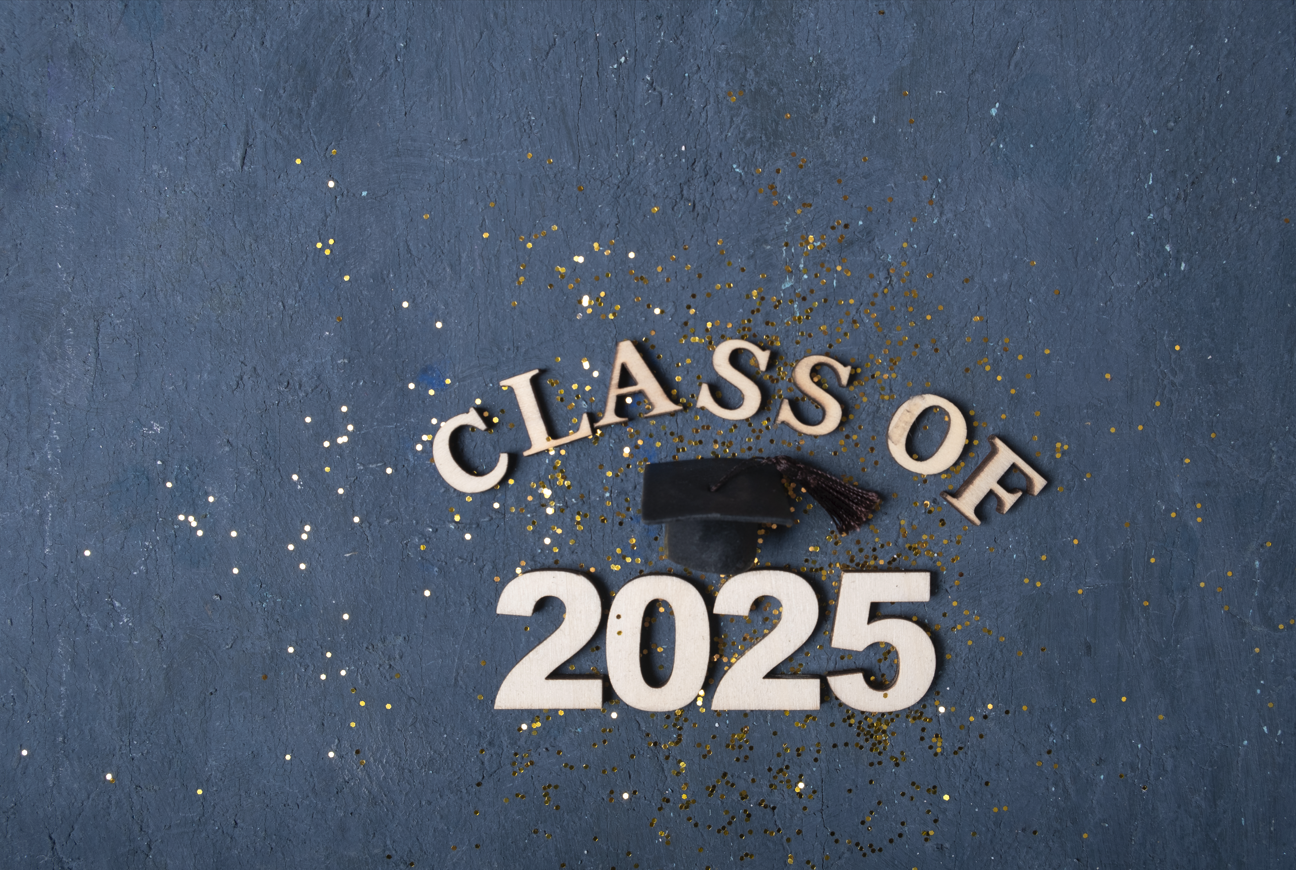This is it. The demographic cliff is upon us. The high school class of 2025 will be, according to most experts, the largest graduating class in US history…
Followed by fewer and fewer class sizes for years and years to come.
Essentially, we’re running out of 18 year olds, and there are not enough younger kids to fill their ranks.
For traditional brick-and-mortar colleges and universities, this translates into fewer enrollments, less revenue and the potential for a financial squeeze. Decisions will have to be made.
In 2024 alone, at least 20 colleges shut down or merged…[1]
With experts now predicting hundreds more private colleges, perhaps as many as 370 will close or merge in the next decade.[2]
“Essentially the problem is we have too many seats in too many classrooms and not enough prospective students to fill them.
“Over the next decade, we’re going through a very painful but necessary re-balancing in supply and demand,” said Peter Stokes, a managing director at Huron Consulting Group, a Higher Ed consulting firm.
While the news of potential college closures is frightening for higher-ed as a whole, primarily online colleges and universities may be spared the brunt of the demographic cliff’s most severe consequences.
We’ll explain why in just a moment.
First, as noted by Capital Analytics Associates, three US regions in particular are likely to suffer most from “the cliff.”[3]
The Northeast is projected to see a 17% decline in the number of high school graduates…
The Midwest is forecast to experience a 16% decline in high school graduates….
And the West is forecasted to experience a 20% decline.
Now, even with estimates showing an upcoming 15% decline in high school grads across the country, one region in particular seems to be actually improving on its number of 18 year olds.
The South.[4]
The Southern region, Delaware to Texas, will see an increase in grads through the next decade. Because this region’s population of children is growing.
So, you can expect to see Northeast, Midwest and Western schools heavily recruiting high school students in the South for years to come. If you operate a traditional brick-and-mortar college in the South, get ready for a battle.
But…
If you operate a primarily online institution, you may not have to worry nearly as much.
You see, as you know, the 18 year old is probably not your target demographic anyway. The adult learner is.
As we’ve noted in past articles, there are over 37 million prospective students that fit your demo: the population of “some college, no credentials.”
Now, some estimates show the SCNC demographic is at least double the size of the entire high school body, including all grades 9-12.[5] Double.
By concentrating your enrollment efforts on this demographic, your primary online institution may not only avoid the effects of “the cliff” but has an opportunity to actually grow its student body.
And it’s this very demographic, the SCNC demo, that Conversion Media Group concentrates on…
By helping you to get them enrolled in your school.
How?
Give us a call at 1-800-419-3201 and we’ll explain our process, our procedures and give you an estimate of how many new prospective online college students we can send directly to your enrollment department.
While the demographic cliff may be devastating for some, it may not affect others all that much, or at all.
[1] More colleges set to close in 2025, while ‘Ivy Plus’ schools thrive
[2] Hundreds of U.S. colleges poised to close in next decade, expert says
[3] Higher ed leaders are holding the line as enrollment cliff looms ahead – Capital Analytics Associates
[4] Regional Impacts of the Demographic Decline on Higher Education
[5] The coming decline in high school graduate counts, in 5 charts | Higher Ed Dive

